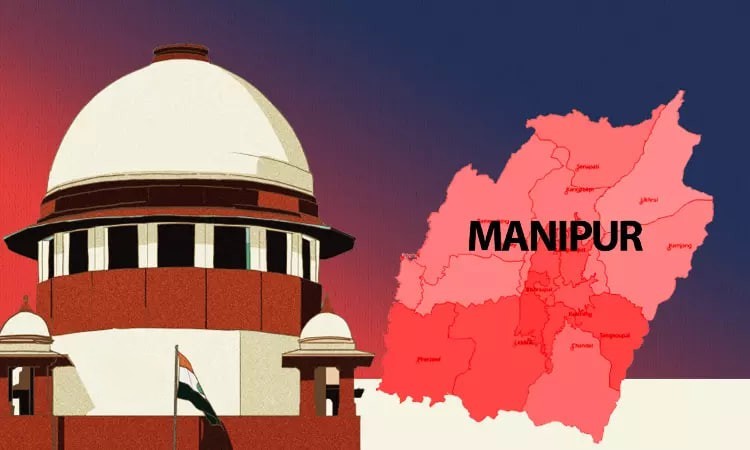Free Courses Sale ends Soon, Get It Now


Free Courses Sale ends Soon, Get It Now



Copyright infringement not intended
Context: The Chief Justice of India questioned why a 23-year-old Constitution Bench decision that clearly stated that no court or state has the authority to "add, subtract, or modify" the Scheduled Tribes List was not "shown" to the Manipur High Court.
Details
Background
|
Violence in Manipur.: https://www.iasgyan.in/daily-current-affairs/violence-in-manipur |
The Supreme Court Observation
Scheduled Tribes List
Who should be allowed to "add, subtract, or modify" the Scheduled Tribes List?
Central Government
State Government
Conclusion
Must Read Articles:
Criteria to define the Scheduled Tribes: https://www.iasgyan.in/daily-current-affairs/criteria-to-define-sts
National Commission for Scheduled Tribes (NCST): https://www.iasgyan.in/daily-current-affairs/national-commission-for-scheduled-tribes-ncst
|
PRACTICE QUESTION Q. The Schedule Tribes list needs to be updated and revised in a fair and transparent manner. What are the challenges and opportunities for improving the representation and empowerment of the Scheduled Tribes in India? What are the best practices and strategies for advancing their rights and interests? |
https://epaper.thehindu.com/ccidist-ws/th/th_delhi/issues/35585/OPS/GV3B75G5D.1+GJ4B76AH6.1.html
© 2024 iasgyan. All right reserved